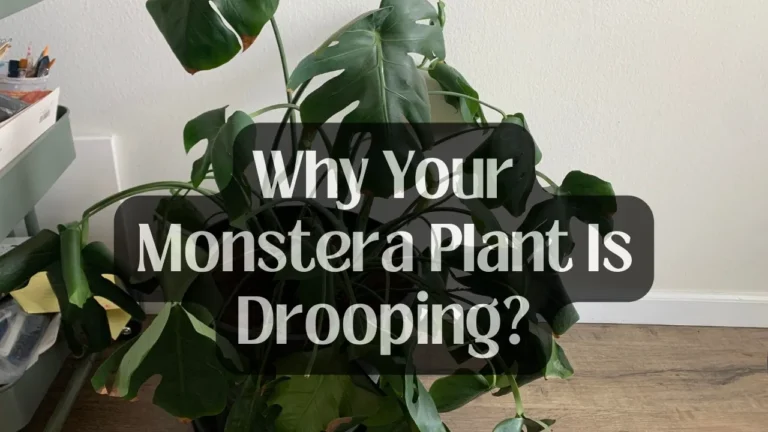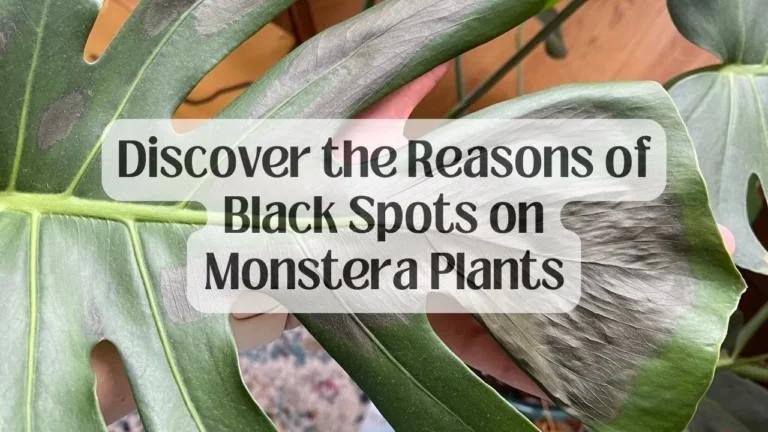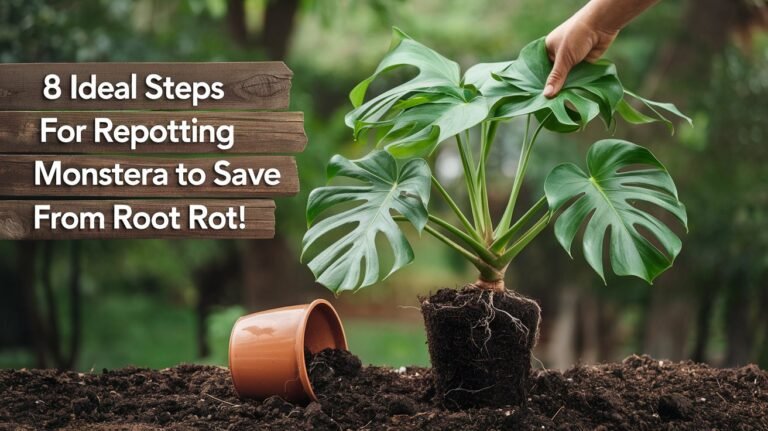Monstera Adansonii Yellowing Leaves? 9 Reasons & Quick Fix Here!
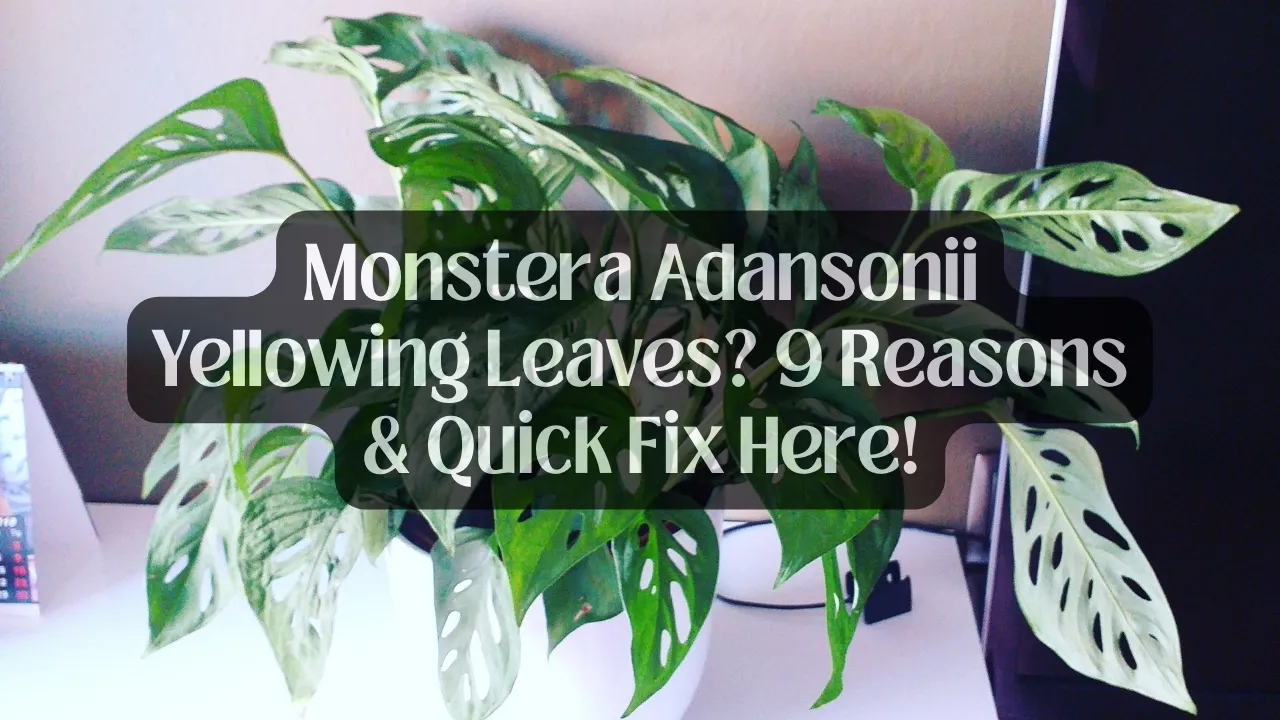
Seeing your Monstera Adansonii leaves getting yellowish is nothing but frustrating, right? Don’t worry, it’s a common issue with several possible causes. Also, the good news is you can address it properly!
But why are my Monstera Adansonii leaves turning yellow? One common cause is overwatering. On the flip side, underwatering leads to yellow leaves. Other factors include nutrient deficiency, direct sunlight, low humidity, transplant shock, pests, diseases, and temperature stress. Sometimes, it’s a natural aging process. So, take proper care of your plants based on your reasons.
Want to learn the preventative tips and care guide? Let’s start with reasons and end up with how to fix it!
9 Main Causes of Yellowing Leaves in Monstera Adansonii
Seeing those vibrant green leaves on your Monstera Adansonii turn yellow can be quite alarming. Luckily, it’s a common problem with several possible causes. By identifying the culprit, you can take steps to get your plant healthy again.
Here are the 9 main reasons your Monstera Adansonii might have yellowing leaves:
1. Overwatering
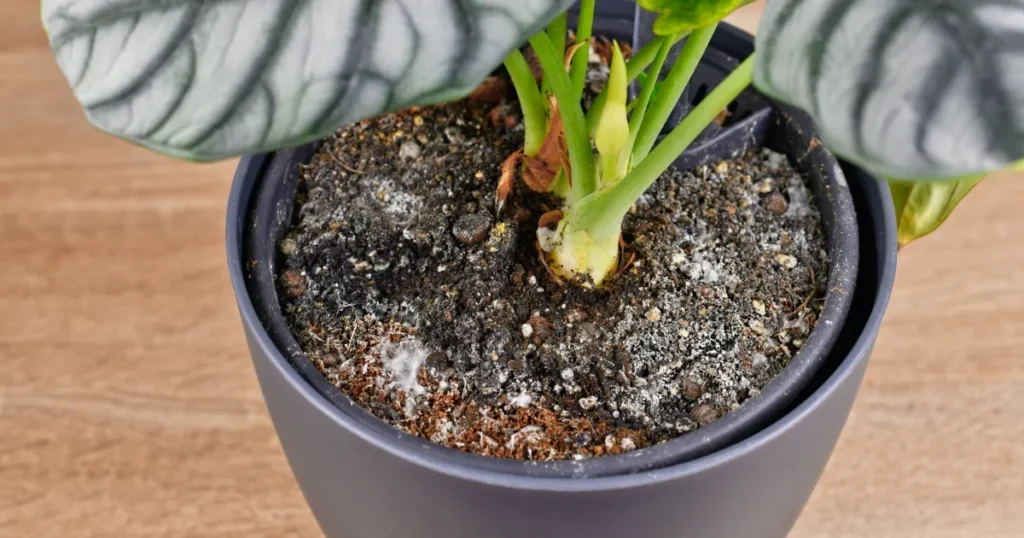
Overwatering is one of the most common reasons for yellowing leaves in Monstera Adansonii. When the soil remains saturated for an extended period, it deprives the roots of oxygen, leading to root rot.
This condition makes it difficult for the plant to absorb water and nutrients, causing the leaves to turn yellow and eventually drop off.
Soggy soil, mushy stems, and a foul odor are clear signs of overwatering. To prevent this issue, it’s essential to let the top inch or two of soil dry out before watering again.
Also, ensure that your Monstera Adansonii is planted in a well-draining potting mix and a container with adequate drainage holes.
2. Underwatering
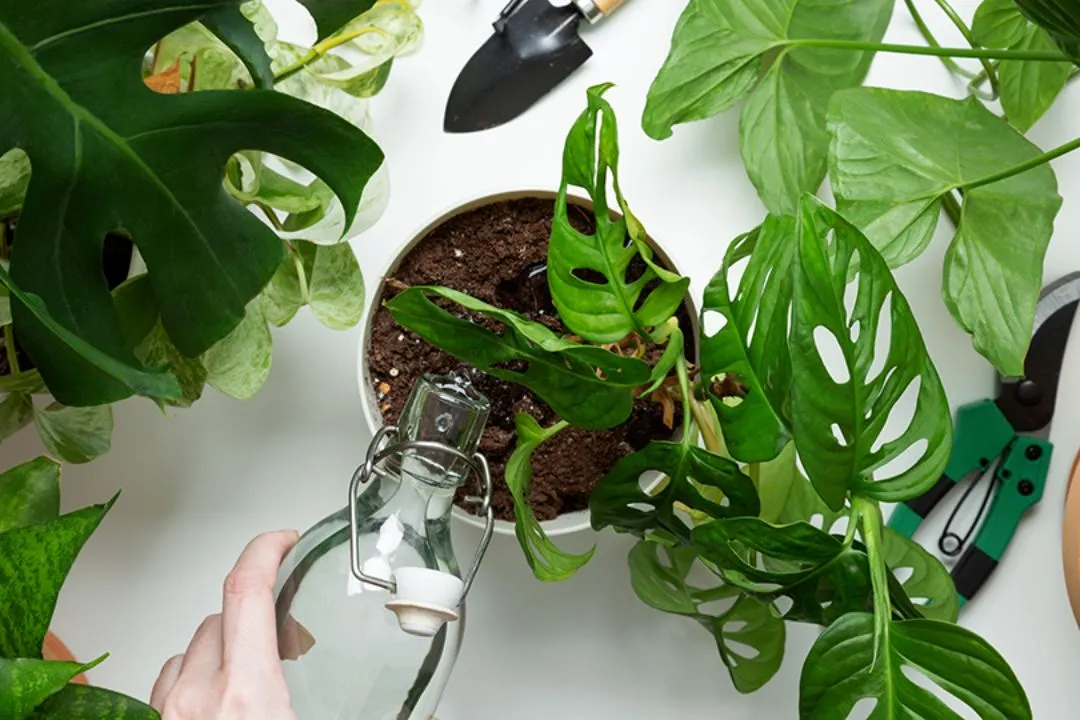
While overwatering can be detrimental, underwatering can also cause yellowing leaves in your Monstera Adansonii. When the soil dries out completely, the plant cannot absorb the necessary water and nutrients, leading to wilting and yellowing of the leaves.
Dry, crumbly soil and drooping leaves are telltale signs of underwatering. To prevent this, water your Monstera Adansonii when the top inch or two of soil feels dry to the touch. It’s also essential to adjust watering frequency based on factors like –
- Temperature
- Humidity, and
- Plant’s growth stage.
3. Nutrient Deficiency
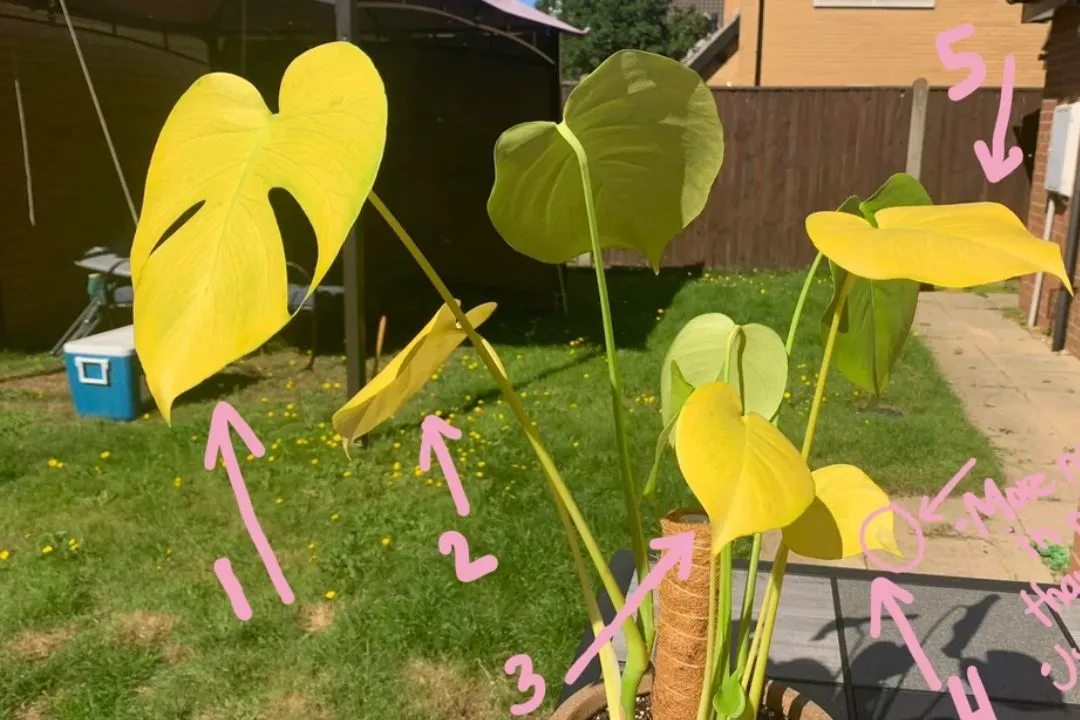
A lack of essential nutrients can manifest as yellowing leaves in your Monstera Adansonii. Nitrogen, iron, and magnesium deficiencies are common culprits, each presenting distinct patterns of yellowing.
Nitrogen deficiency often causes the older leaves to turn yellow first, while iron deficiency leads to yellowing between the veins. Magnesium deficiency, on the other hand, results in yellowing along the leaf margins.
Using a balanced, water-soluble fertilizer during the growing season can help prevent and correct nutrient deficiencies. Besides, ensure your potting mix is well-draining and rich in organic matter.
4. Too Much Direct Sunlight

While Monstera Adansonii thrives in bright, indirect light, too much direct sunlight can scorch the leaves and cause them to turn yellow or develop brown patches.
If your plant is receiving direct sunlight for several hours a day, especially during the hottest parts of the day, consider moving it to a spot with filtered or indirect light. Alternatively, use sheer curtains or blinds to diffuse the intense sunlight.
5. Low Humidity

Monstera Adansonii is a tropical plant that prefers higher humidity levels. Low humidity can cause the leaves to turn yellow, develop crispy edges, or become prone to browning and drying out.
To increase humidity around your plant, consider using a pebble tray filled with water, grouping plants together, or investing in a humidifier. Misting the leaves can provide temporary relief, but it’s not a long-term solution for low humidity.
6. Transplant Shock

Repotting or transplanting your Monstera Adansonii can sometimes lead to temporary leaf yellowing as the plant adjusts to its new environment.
To minimize transplant shock, try to repot during the growing season when the plant is actively putting out new growth. Be gentle with the roots, and avoid disturbing them too much during the process. Water the plant well after repotting and provide it with a shaded, humid environment until it recovers.
7. Pests or Diseases
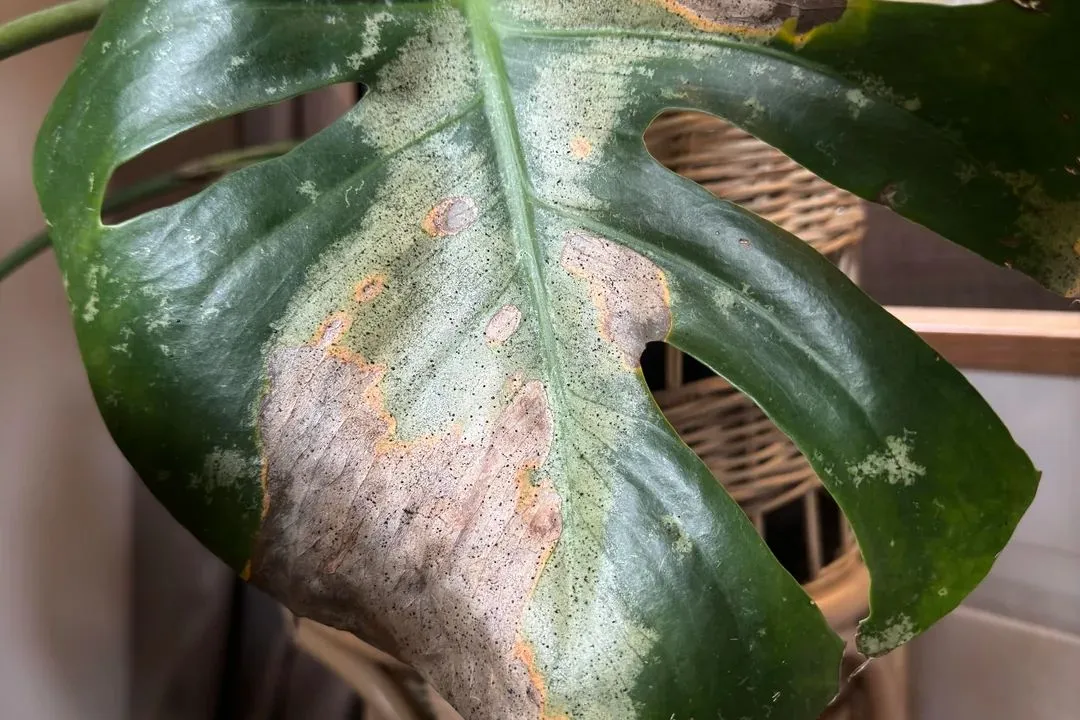
Pests like spider mites, mealybugs, and scale insects, as well as fungal or bacterial diseases, can cause yellowing leaves in your Monstera Adansonii.
Inspect your plant regularly for any signs of pests or diseases, such as webbing, sticky residue, discolored spots, or unusual growths. Isolate the affected plant and treat it with an appropriate insecticide or fungicide, following the manufacturer’s instructions.
8. Temperature Stress
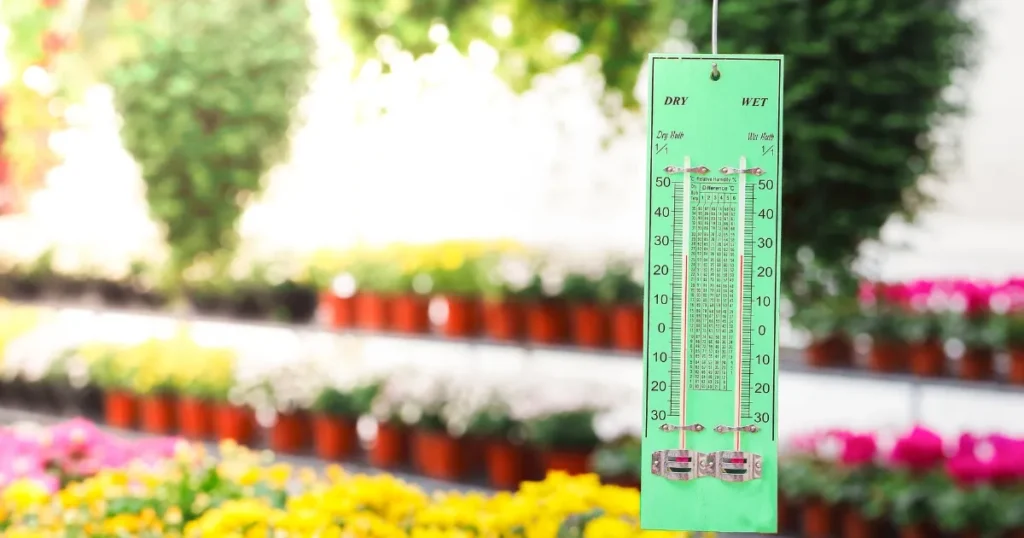
Monstera Adansonii prefers warm temperatures between 65°F and 80°F (18°C to 27°C). Exposure to extreme heat or cold can cause the leaves to turn yellow as a stress response.
Avoid placing your plant near drafty windows, heating vents, or air conditioning units. If you notice yellowing leaves during temperature extremes, try to gradually acclimate the plant to a more suitable environment.
9. Age and Natural Leaf Shedding
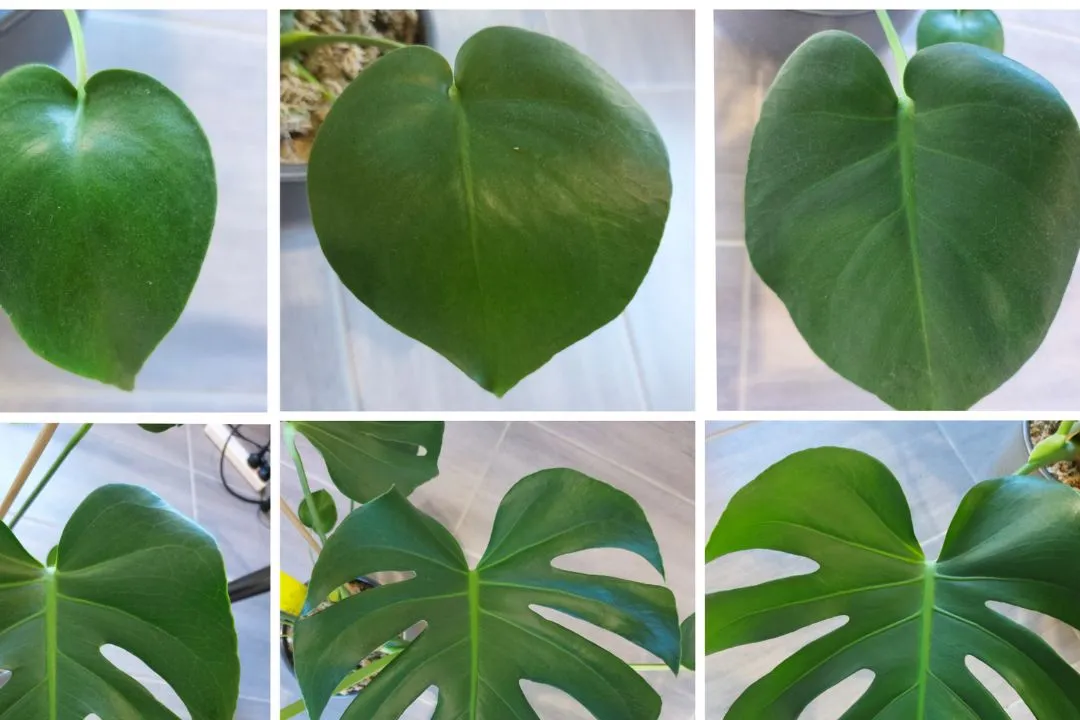
As your Monstera Adansonii matures, it’s natural for the older leaves at the bottom of the plant to turn yellow and eventually drop off. This process, known as leaf senescence, allows the plant to redirect its energy toward new growth.
If only a few older leaves are yellowing and dropping, and the newer growth appears healthy, there’s no need for concern.
However, if the yellowing is widespread or affects newer leaves, it could indicate an underlying issue that requires further investigation.
6 Tips for Preventing and Resolving Yellowing Leaves in Monstera Adansonii

There’s nothing more upsetting than seeing the beautiful leaves of Monstera Adansonii turn an unsightly yellow. But with a little TLC and some targeted adjustments, you can save them!
Here are some key tips based on my experience:
Mastering When Watering
First and foremost, I had to master the art of watering!
Overwatering and underwatering are two of the most common culprits behind yellowing leaves. To strike the perfect balance, allow the top inch or two of soil to dry out before quenching Monstera’s thirst.
When you do water, drench the soil thoroughly until excess moisture drains from the bottom of the pot. Plus, ensure the plant’s pot has adequate drainage holes to prevent waterlogged soil.
Finding the Goldilocks Zone for Light
Next up is light exposure. My Monstera Adansonii craves bright, indirect sunlight. Think of it as a diva who prefers the limelight without the scorching spotlight.
I avoid placing it in direct sunlight, especially during those hot summer afternoons. If you notice scorch marks or excessive yellowing, simply move the plant to a more shaded spot. Also, you can use sheer curtains to filter the intense rays.
Humidity for Tropical Vibes
I don’t forget about humidity, either!
These tropical beauties thrive in humid environments. If the air in my home is drier than the Sahara, my Monstera’s leaves start yellowing and crisping up. Keep it in mind in your case as well!
To combat this, use a pebble tray filled with water, and group plants together to create a humid microclimate. You can also invest in a trusty humidifier.
Feeding My Plant for Lush Growth
Nutrient deficiencies can also cause yellowing. So, you make sure to feed Monstera Adansonii a balanced, water-soluble fertilizer during the growing season.
This ensures it gets all the essential nutrients it needs to stay healthy and green.
Keeping Pests and Diseases in Control
If you suspect pests or diseases, isolate the affected plant and treat it with an appropriate insecticide or fungicide. Regular inspections will help you catch any issues early and the plant healthy.
Embracing the Natural Cycle
It’s natural for older leaves to yellow and drop off as my plant matures. If the yellowing seems excessive or affects newer growth, I know it’s time to investigate further and make adjustments.
Take more advice from the given video to fix the yellow leaves in Monstera Adansonii –
FAQs
Check out these Questions and answers to get more advice about Monstera leaves and being yellowish.
Q: How often should I water my Monstera Adansonii?
A: There’s no one-size-fits-all answer, but it’s best to avoid a strict watering schedule. Instead, check the soil moisture regularly. Water your Monstera Adansonii when the top 1-2 inches of soil feel dry to the touch.
Q: My Monstera Adansonii is near a window, but the leaves are still turning yellow. Could it be getting too much light?
A: It’s possible! Monstera Adansonii prefers bright, indirect light. Direct sunlight, especially during peak hours, can scorch the leaves. Try filtering the sunlight with a sheer curtain or moving your plant further from the window.
Q: I fertilize my Monstera Adansonii regularly, but the leaves are yellowing. What could be wrong?
A: Overfertilization can also damage your plant. Consider if you might be using too much fertilizer or feeding too frequently. Focus on proper watering and ensure your Monstera Adansonii gets adequate light before fertilizing again.
Conclusion
Experiencing those yellow leaves on my Monstera Adansonii was quite frustrating, but learning about the causes has been enlightening. By tackling problems like overwatering, light issues, humidity levels, and nutrient imbalances, you can revive the plant’s vitality.
It’s all about giving that little bit of extra care to ensure my Monstera stays lush and green. With dedicated attention, I’m confident you can nurture it back to health and enjoy its vibrant beauty once again.

